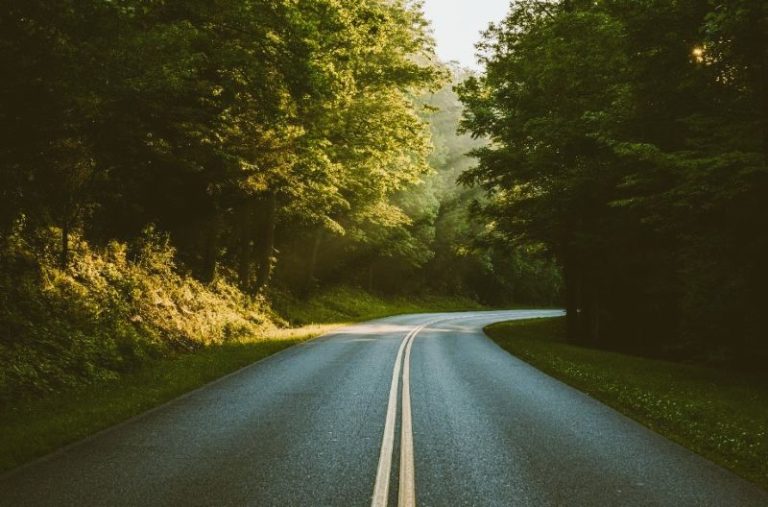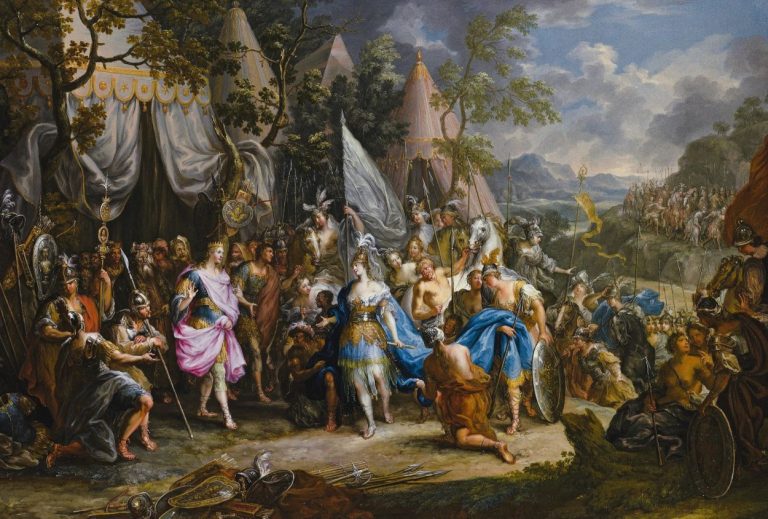

There’s something magical about how festivals and shows unite us, weaving stories of culture, history, and celebration. In the USA, iconic events like Mardi Gras, the Rose Parade, and the Sundance Film Festival have become more than just gatherings. They’re windows into the heart of our nation’s traditions and creativity.
As we journey through the history of these unforgettable festivals and shows, we’ll uncover how they’ve shaped communities and captured the spirit of their times. From vibrant parades to world-renowned performances, iconic cultural celebrations are more than entertainment—they’re a testament to our shared heritage.
The Origins Of Iconic Festivals And Shows
Festivals and shows in the USA trace their roots back to the nation’s early settlers and diverse cultural influences. These events evolved by blending traditions, creativity, and community spirit. With Got2Go you can explore vacation rentals and top ticketed events, making it easy to immerse yourself in these cultural experiences while enjoying convenient accommodations and exclusive event access.
Early Influences On American Celebrations
Colonial settlers brought European-inspired festivities like harvest festivals and religious observances. Thanksgiving, which grew from Pilgrim traditions in the 17th century, exemplifies this. Native American ceremonies, centered around seasons and spirituality, also impacted early American celebrations.
The Role Of Cultural Melting Pot In Festival Traditions
The USA’s identity as a cultural melting pot fueled the creation of iconic festivals. Immigrants introduced traditions like Oktoberfest from Germany and San Gennaro Feast from Italy. These events adapted over time, integrating cross-cultural elements to reflect local communities’ identities.
Evolution Of Entertainment-Based Shows
By the 19th century, circus acts, vaudeville shows, and state fairs showcased American entertainment talent. For instance, P.T. Barnum’s traveling shows introduced grand spectacles to audiences nationwide. State fairs also merged agricultural displays with carnival attractions, making these events enduring traditions.
Modern-Day Legacy Of Iconic Festivals
Contemporary festivals highlight music, film, and art, connecting millions. Events like Coachella mix global music and visual arts, while Sundance Film Festival promotes independent cinema. These showcases reflect the creativity of modern society while preserving their distinctive histories.
Iconic Festivals Through The Decades
Festivals and shows in the USA have evolved to reflect shifting cultural, social, and artistic landscapes. Each era shaped unique celebrations that continue to impact communities nationwide.
The Roaring 20s and Jazz Festivals
The 1920s marked a vibrant jazz and cultural transformation era, with festivals celebrating this groundbreaking genre. Jazz, popularized by influential figures such as Louis Armstrong and Duke Ellington, defined this decade. These artists were central to a musical movement that thrived in urban hubs like New York and Chicago.
Technological advances, including radios and phonographs, expanded jazz’s reach. These innovations allowed those unable to attend live events to experience the spirit of the genre from their homes. The Great Migration also played a major role, bringing talented African American musicians to Northern cities, creating opportunities for jazz-centric festivals.
Post-War Era and the Boom in Music and Arts Shows
The post-World War II era experienced a surge in music and arts shows fueled by economic growth and cultural diversity. Events like the Newport Jazz Festival, beginning in 1954, showcased jazz legends and influenced other music-centric celebrations.
The period also saw large-scale performing arts festivals emerge. Events like the Tanglewood Music Festival brought orchestral music into outdoor settings, combining natural beauty and refined artistry. These festivals provided accessible cultural enrichment after wartime austerity.
Modern-Day Celebrations of Heritage and Diversity
Modern festivals celebrate America’s rich tapestry of cultures and traditions. Events like the Essence Festival spotlight African American culture through music, cuisine, and talks. Similarly, the Albuquerque International Balloon Fiesta represents the best of American ingenuity and creativity.
Heritage festivals, such as the Chinese New Year Parade in San Francisco, highlight immigrant influences on American culture. Meanwhile, Pride celebrations and Native American powwows emphasize inclusion and tradition, reflecting diversity in modern U.S. society.
| Festival Era | Key Features | Example Festivals |
| 1920s | Rise of jazz, technological advancements | Early jazz gatherings in Chicago |
| Post-War (1950s-60s) | Economic boom, focus on artistic growth | Newport Jazz Festival |
| Modern Day | Celebrating heritage, inclusion, and diversity | Essence Festival, Balloon Fiesta |
Festivals and shows in the United States are more than celebrations—they reflect history, culture, and art. From the coastal traditions to artistic innovations, these events highlight our country’s diverse roots and evolving identity.
Regional Highlights Of Iconic Festivals
East Coast Traditions And Their Historical Significance
The East Coast hosts some of the nation’s most historically significant and culturally rich festivals.
- Fourth of July: Cities like New York and Washington, D.C., commemorate Independence Day with parades, fireworks, and ceremonies. This celebration marks the signing of the Declaration of Independence in 1776 and symbolizes national pride.
- St. Patrick’s Day: Boston honors Irish heritage with lively parades and Irish cuisine. As one of the United States’ earliest hubs for Irish immigrants, the city remains a focal point of Irish-American culture.
The Vibrancy Of The Midwest Festivals
The Midwest brings energy and community through its distinctive festivals.
- Summerfest: Located in Milwaukee, Wisconsin, Summerfest is one of the world’s largest music festivals, attracting hundreds of global and local artists each July.
- Iowa State Fair: One of the oldest state fairs in the country, it showcases agricultural heritage through livestock shows, classic Midwestern food, and cultural exhibits.
West Coast Innovations In Festival Culture
Creative innovation defines the West Coast’s festival culture.
- Coachella: This music festival in Indio, California, blends global artistry with visual art installations. It’s a meeting ground for musical diversity.
- Comic-Con International: San Diego’s globally acclaimed pop-culture event celebrates comics, movies, graphic novels, and industry talent, influencing global entertainment culture.
Documenting Festival Impact On Communities
Festivals and shows in the United States have long served as vibrant expressions of community, culture, and creativity. From their social and economic contributions to their role in fostering unity, these events significantly shape local and national identities.
Social and Economic Contributions
Iconic festivals drive economic growth and enhance community welfare. Events like Coachella generate an economic impact of over $700 million annually, benefiting local businesses, tourism, and infrastructure. Similarly, regional fairs such as the Iowa State Fair contribute millions, supporting small-scale vendors and artisans.
On the social front, festivals provide inclusive spaces where attendees share experiences. Mardi Gras in New Orleans attracts millions, blending traditions, art, and local pride. Such gatherings address social isolation by creating connections within and across communities.
Fostering Unity and Cultural Appreciation
Festivals are powerful tools for promoting unity while celebrating cultural diversity. Woodstock 1969 united over 500,000 attendees, emphasizing peace and solidarity during social unrest. Likewise, the Newport Folk Festival brought various musical traditions together, fostering cultural exchange.
Events such as the San Francisco Chinese New Year Parade highlight immigrant contributions, strengthening awareness of evolving cultural narratives. These festivals encourage participation across demographics and nurture a collective sense of belonging.
Iconic Festivals That Built Community Bonds
The table below highlights several iconic U.S. festivals, emphasizing their impact on community building.
| Festival | Year Established | Attendance (Approx.) | Community Impact |
| Woodstock | 1969 | 500,000+ | Promoted peace, unity, and music culture |
| Mardi Gras (New Orleans) | 1703 | 1.4 million/year | Boosted local tourism, blended traditions |
| Coachella | 1999 | 750,000+ annually | Economic boost, global platform for artists |
| Summerfest | 1968 | 800,000+ annually | Celebrates diverse music genres and cultures |
| Chinese New Year Parade | 1851 | 1 million/year | Preserved immigrant heritage and traditions |
Preservation of Traditions Through Festivals
Festivals help preserve historical traditions by adapting them for modern audiences. The Rose Parade, dating back to 1890, showcases floral art while celebrating community pride. Contemporary festivals such as Essence Festival integrate historical themes with innovative performances, celebrating African-American culture.
Local fairs, like state agricultural festivals, connect attendees with longstanding farming traditions. These events ensure that future generations remain connected to their roots while exploring present-day creativity.
Impact of Festivals on the Future
Festivals continuously evolve, reflecting changing societal dynamics. With the rise of digital technology, many events incorporate online components to reach global audiences. Experiences like Sundance Film Festival’s virtual screenings expand accessibility and engagement.
The ongoing commitment to sustainability also shapes festival practices. Initiatives at events like Coachella include waste reduction measures and renewable energy usage, showing how festivals can align community and environmental values.
Conclusion
Festivals and shows in the USA are more than just celebrations; they’re living expressions of history, culture, and community. They remind us of where we’ve been, who we are, and the stories that unite us. These events continue to evolve, blending tradition with innovation, ensuring they remain vibrant and relevant for future generations.
As we embrace the diversity and creativity that define these gatherings, we’re not just preserving the past but shaping the future. Festivals inspire connection, foster cultural appreciation, and leave lasting impressions on all who experience them. They truly capture the spirit of America.


